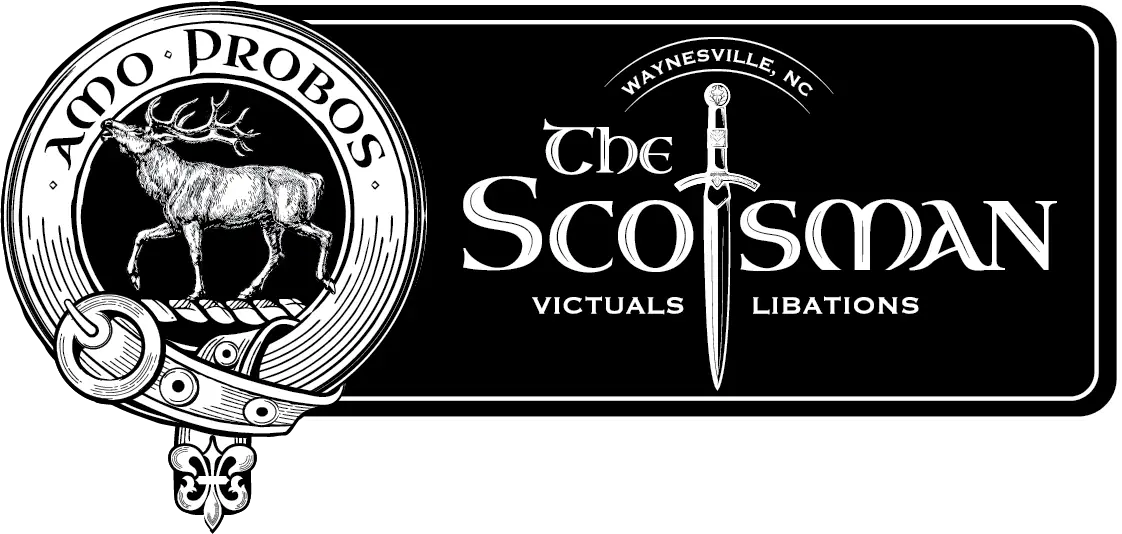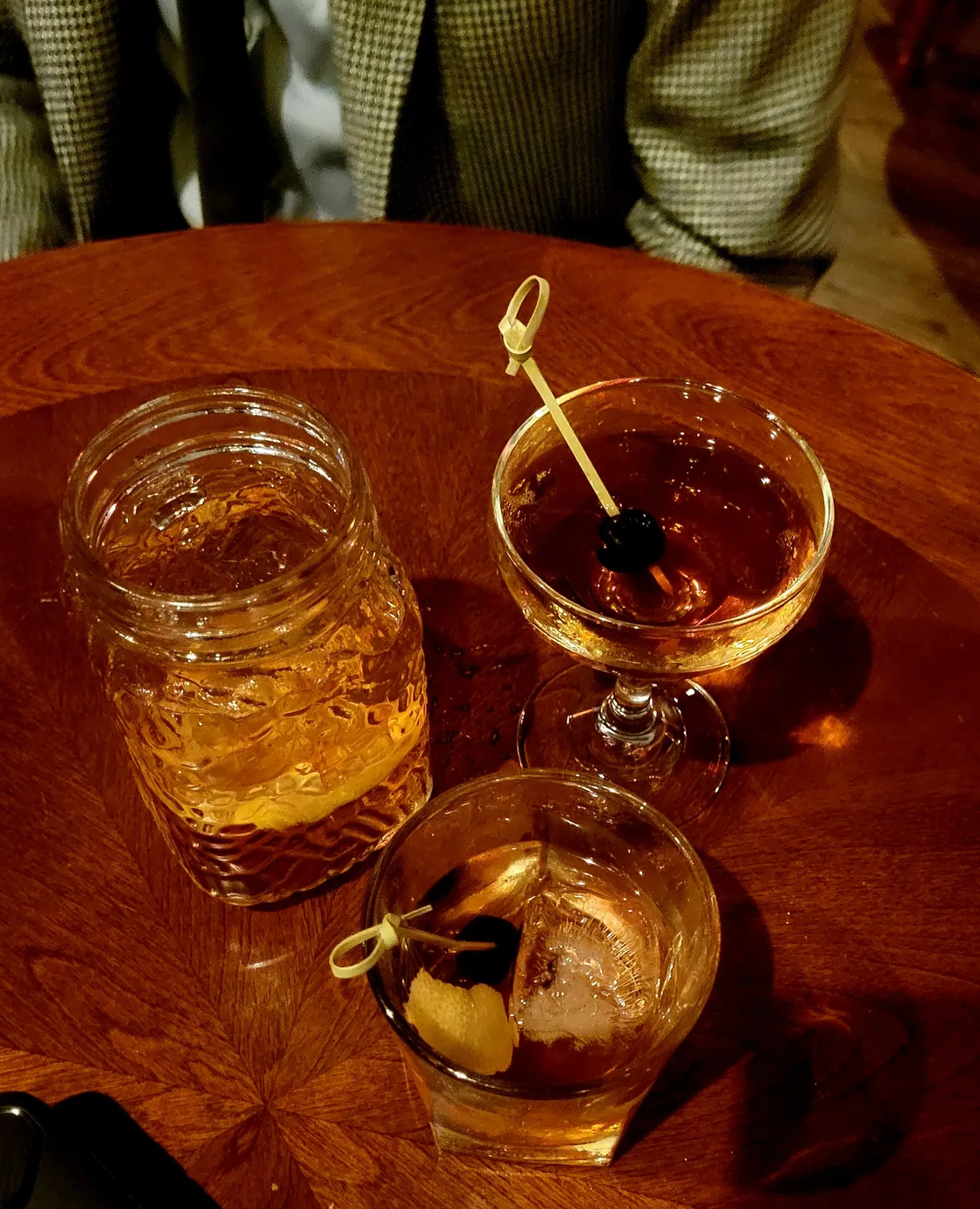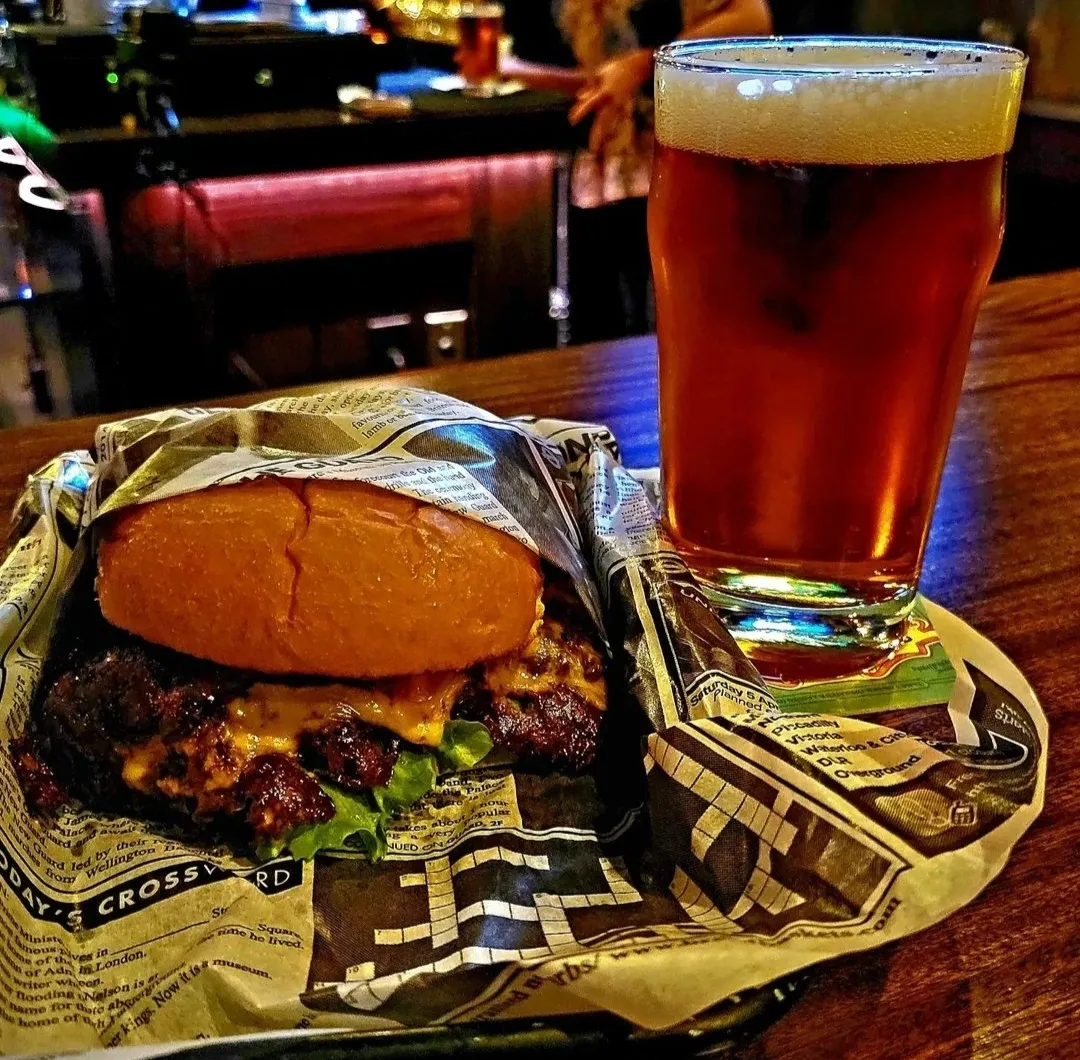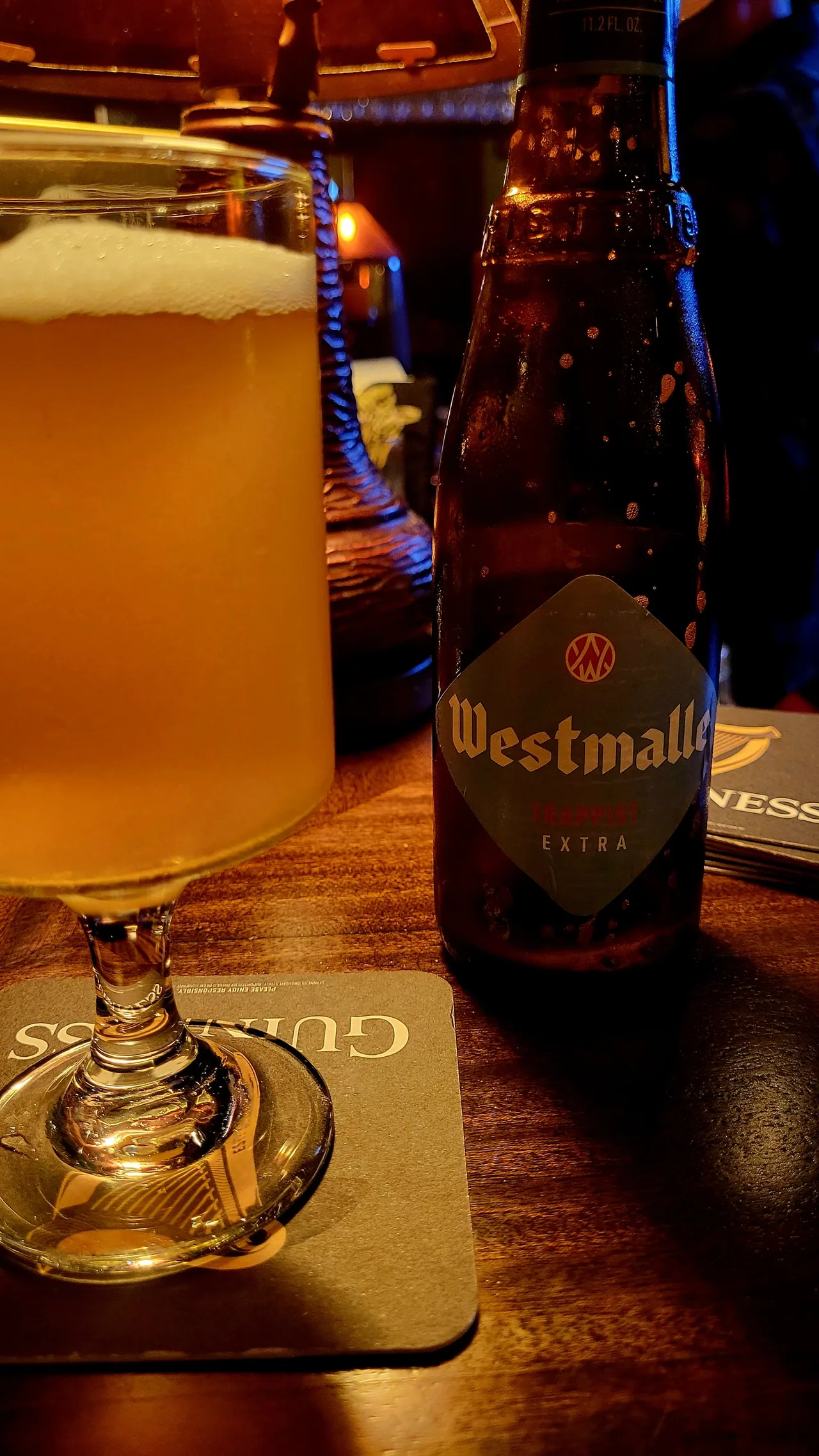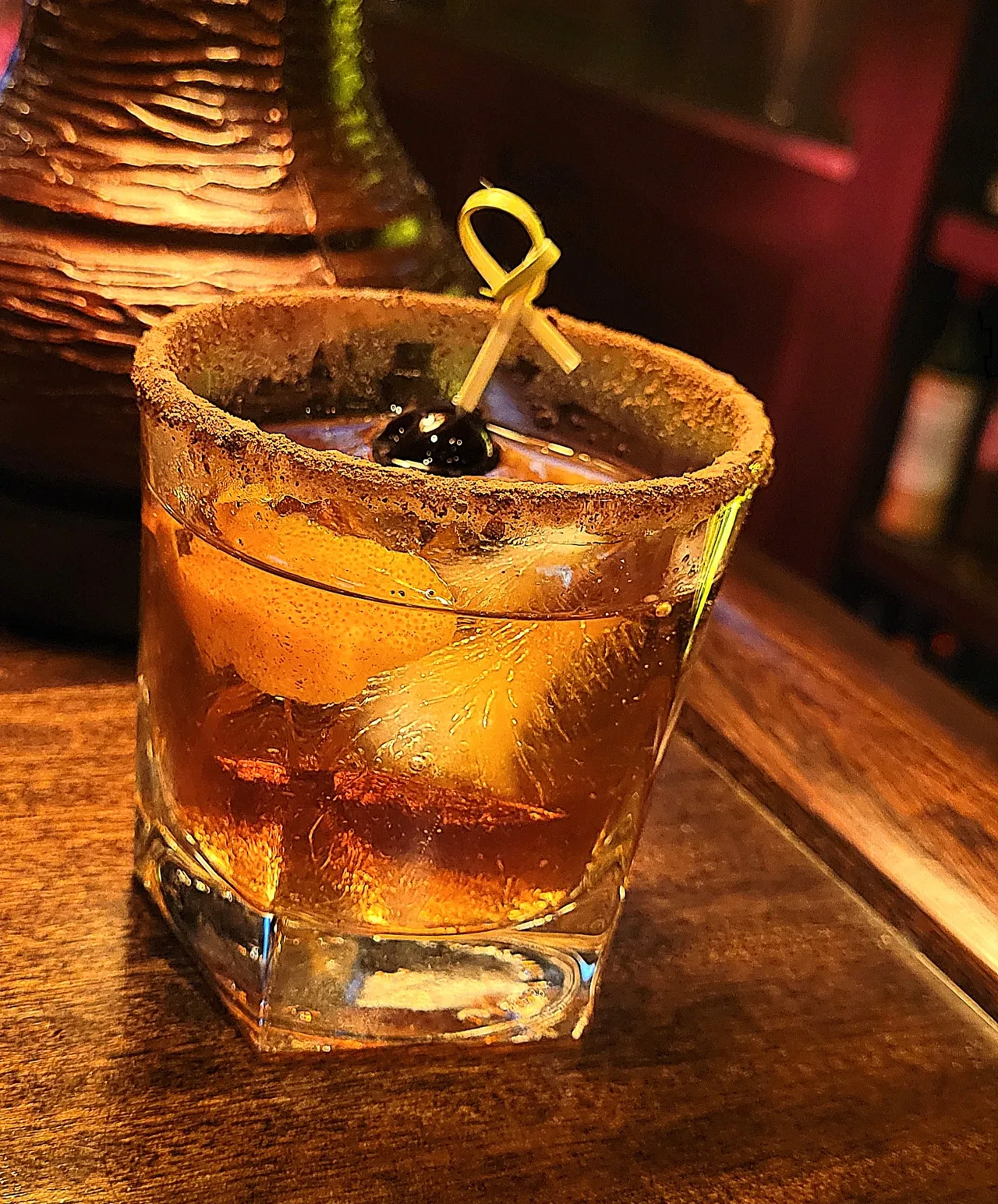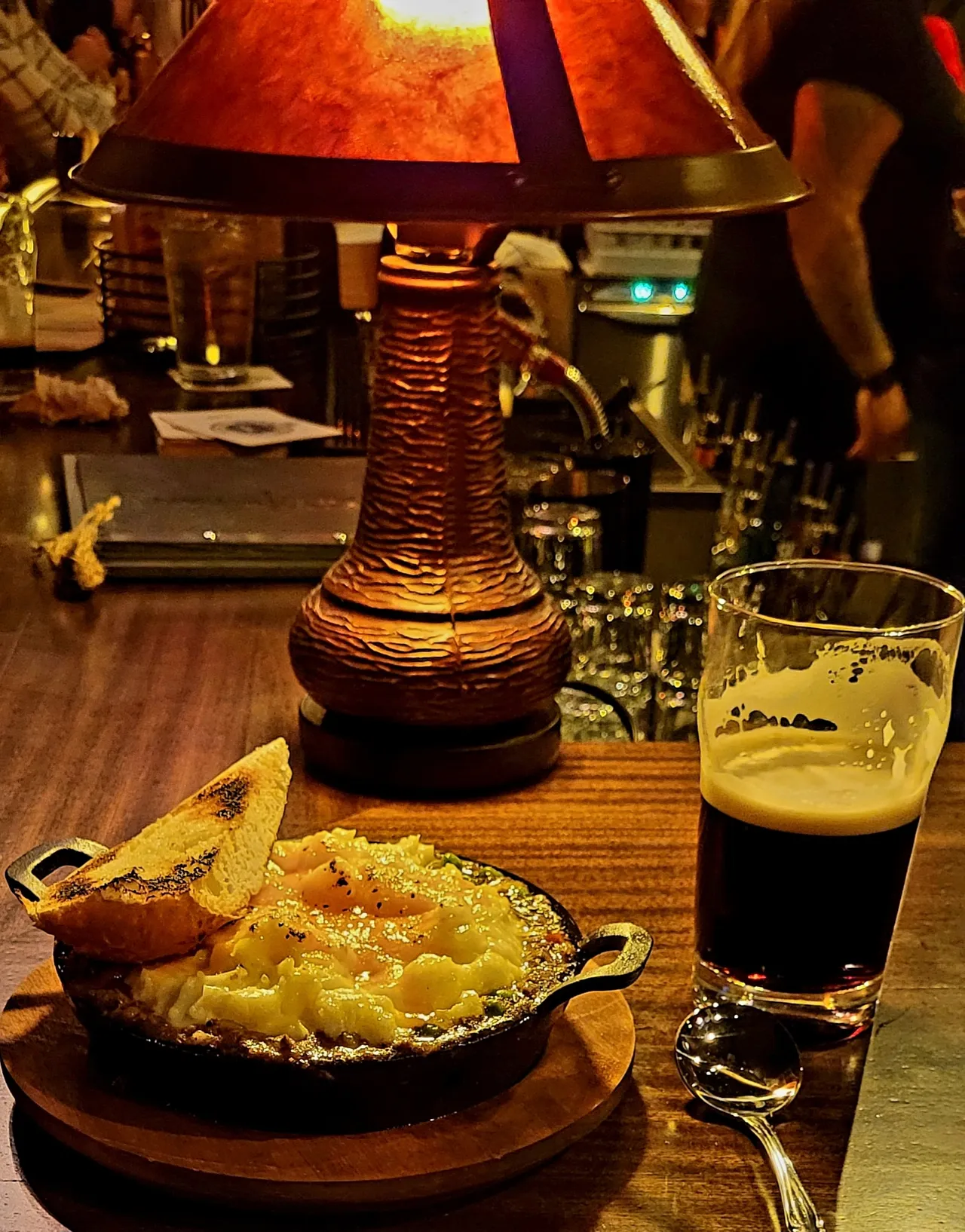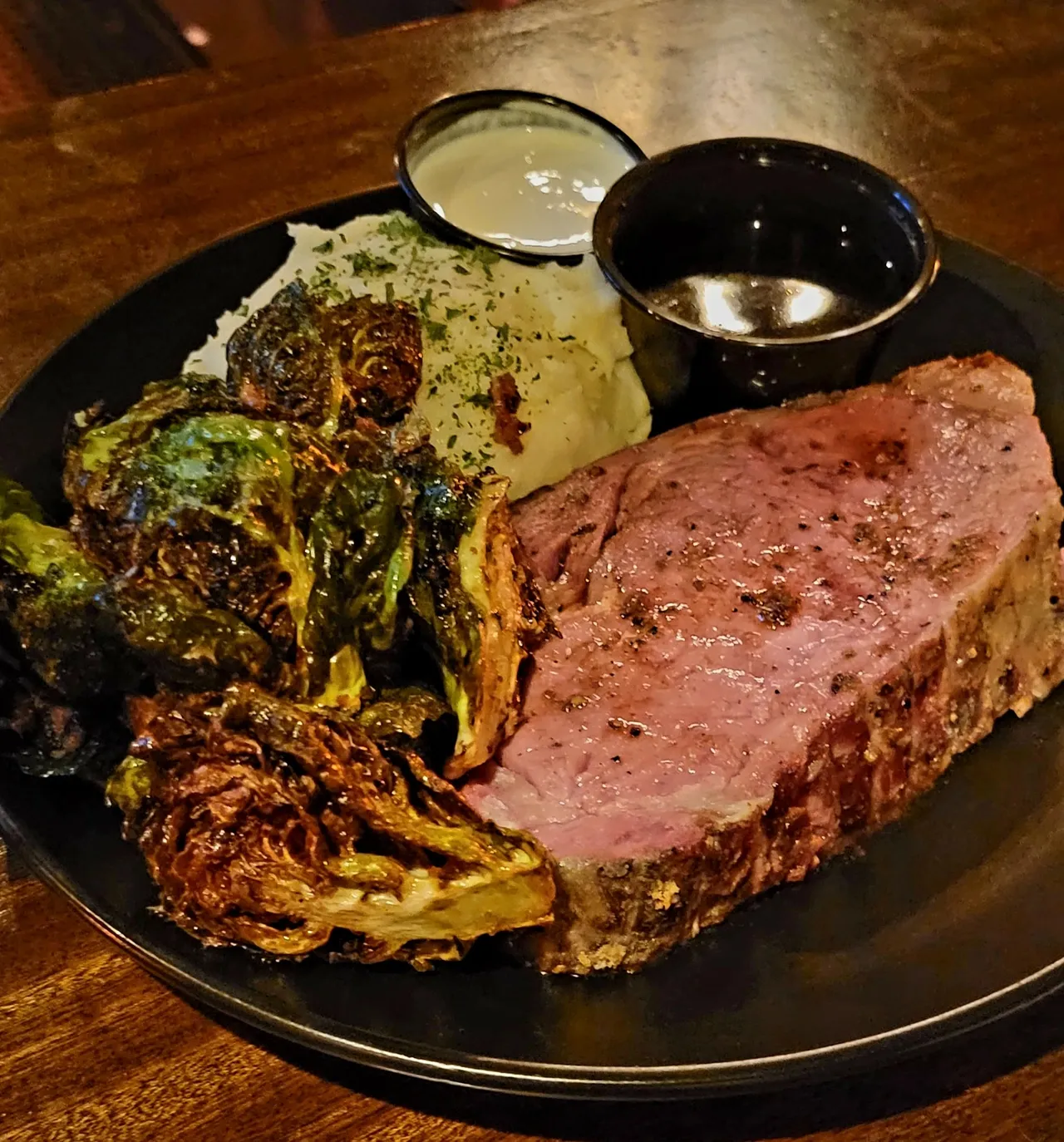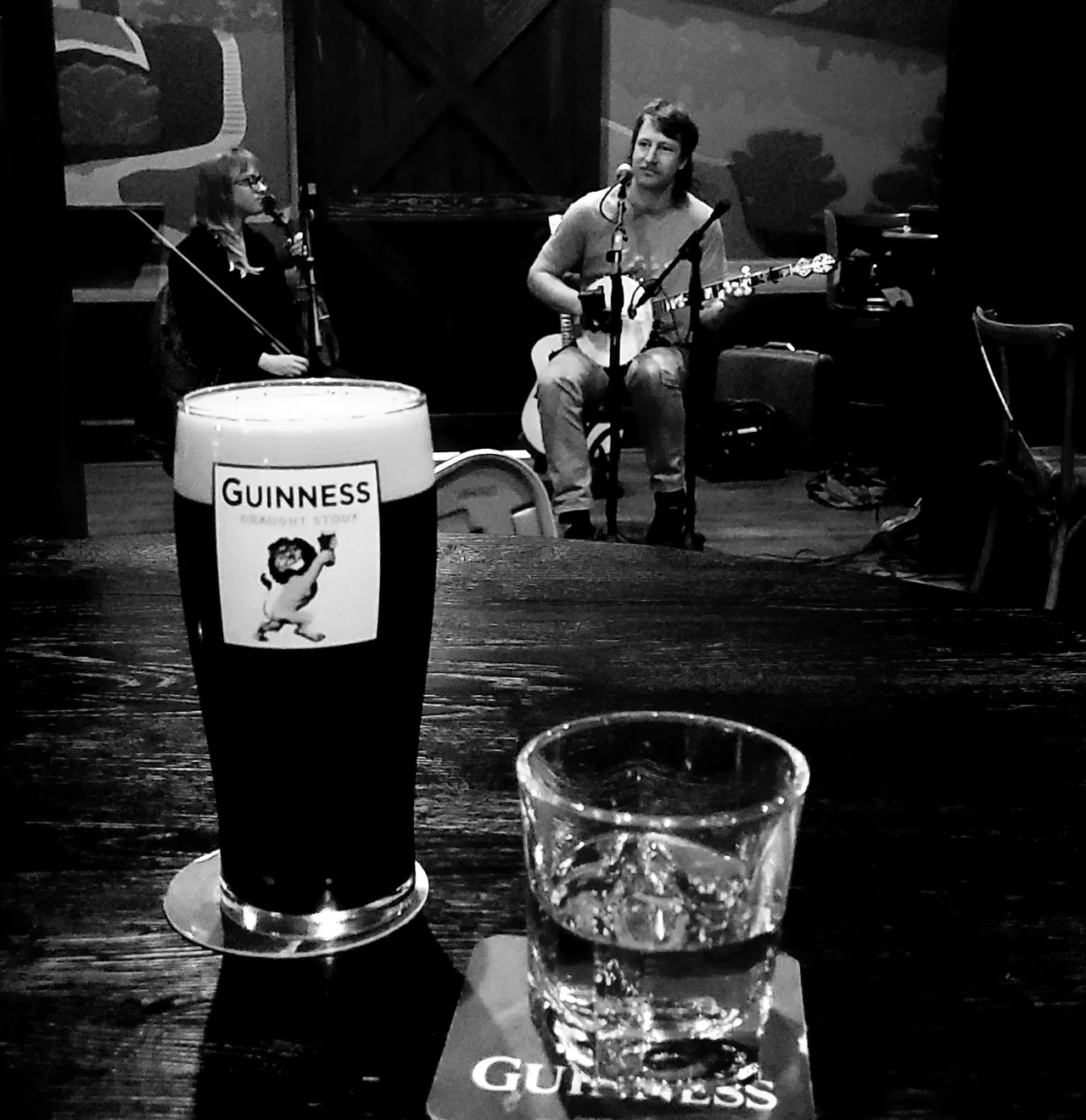Barrel-aging gives cocktails focuses on the interaction with wood and the aging process, which elevates the flavor profiles and adds unique character that sets them apart from their freshly mixed counterparts. The flavors and aromas acquired from the barrel create a distinctive taste that cannot be replicated through other methods. This uniqueness adds a sense of intrigue and novelty to the drinking experience.
The aging process in a barrel allows the flavors of the ingredients to meld together, creating a harmonious and complex flavor profile. The wood from the barrel imparts unique flavors such as vanilla, caramel, and spice, enhancing the overall taste of the cocktail. The longer the aging period, the more time the ingredients have to interact with the wood and each other, resulting in a deeper and more well-rounded flavor.
When cocktails are aged in barrels, a small amount of oxygen is allowed to interact with the liquid. This oxygenation process can mellow out harsh flavors, soften the spirit, and promote the development of new flavors. Oxidation also plays a role in changing the cocktail’s characteristics, much like how wine develops different flavors over time when exposed to air.
Barrel aging helps to integrate the different components of a cocktail, allowing them to blend and marry together. It can soften the sharp edges of the alcohol and create a smoother drinking experience. The flavors from the base spirits, mixers, and other ingredients become more cohesive, resulting in a more balanced and enjoyable taste.
The aging process imparts layers of complexity and depth to the cocktail. As the liquid interacts with the wood, it absorbs compounds from the barrel, such as tannins and lignins, which contribute to the overall flavor profile. These additional elements can add depth, richness, and a pleasant lingering finish to the cocktail. We are handling this program with a type of solera method so over time the depth of the cocktail will continue to develop.

